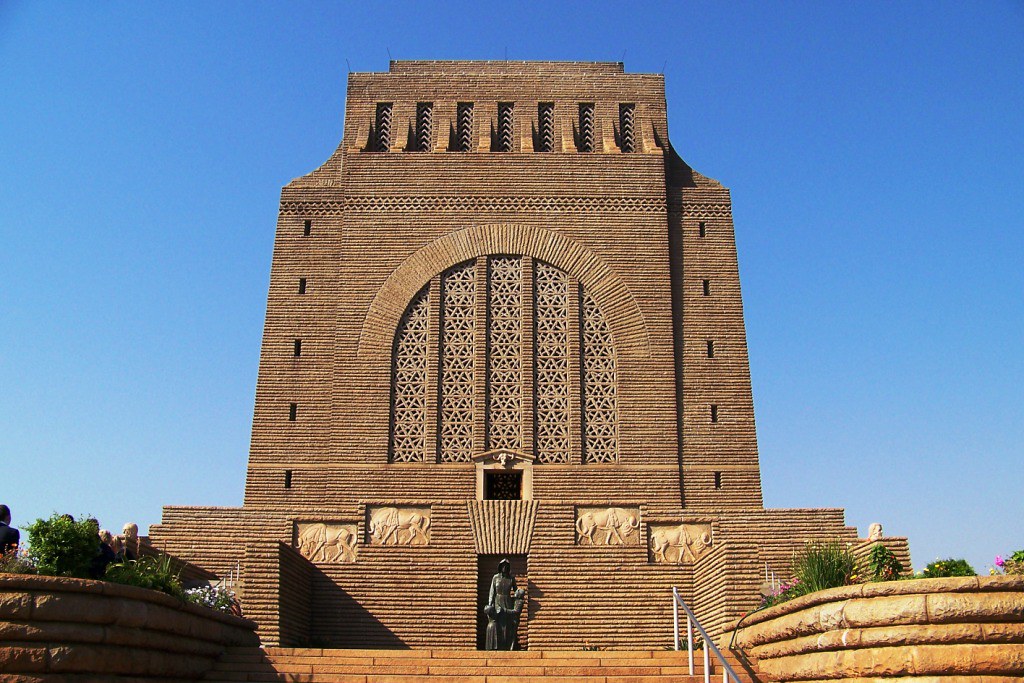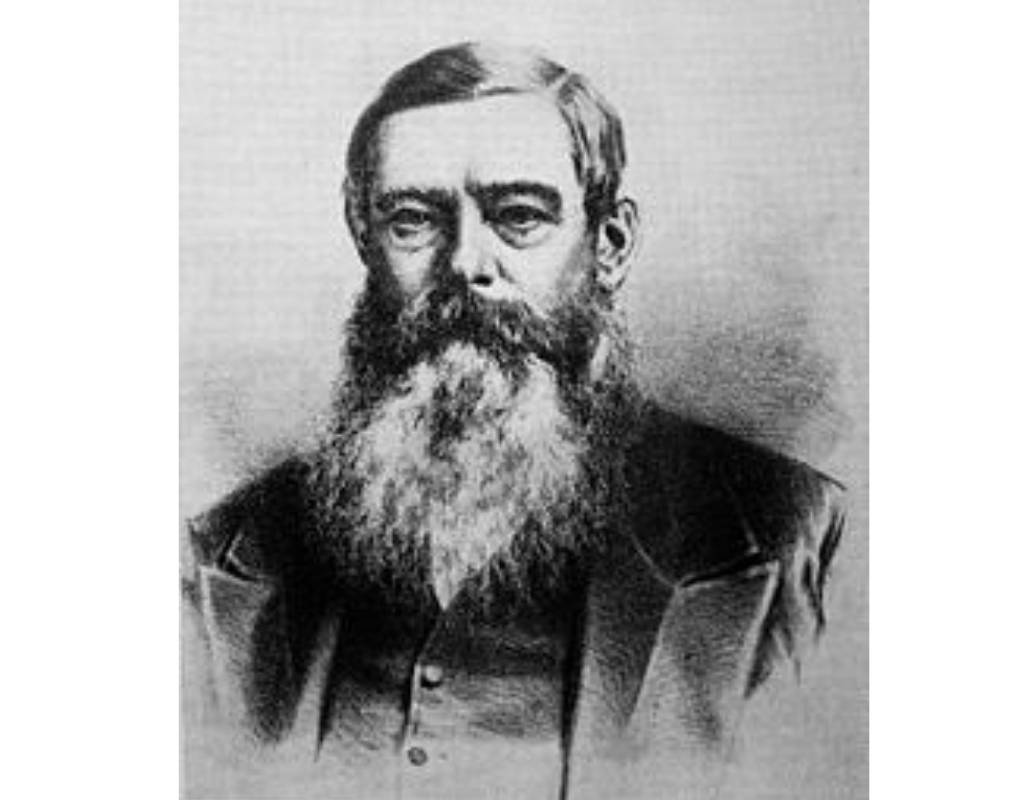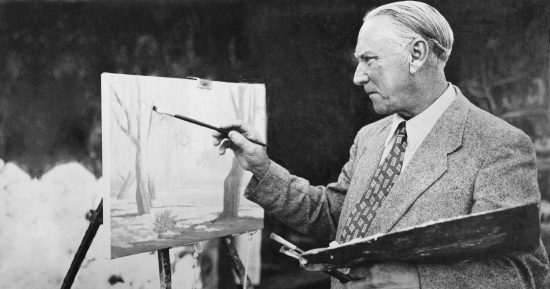Here is your very own bucket list of historical places of interest in South Africa – Bucket list: Historic Places South Africa
In every country, there are must see places that tourists put on their listings when they visit that country. In France it is the Eiffel Tower and the Louvre, and in England perhaps Big Ben and Buckingham Palace. You simply must visit at least one Holocaust Museum in Europe and one pyramid in Egypt to get a true sense of the history in that region. And in South Africa? Well, if you really want to feel the historic heartbeat of South Africa and know why you are at home here, you must visit the following places at least once.
Battlefields of the Anglo-Boer Wars (such as Majuba and Magersfontein)
Although there is not much left to be seen at the battlefields of the Anglo-Boer Wars, the open spaces tell a more poignant story than museums and books will ever be able to. Just reading a bit about the battle in advance to familiarise yourself with the circumstances of the battle and the location of the respective groups will bring a sometimes-harsh terrain to life.
Mining towns (such as Cullinan and Kimberley)
The role of mining in South African history simply cannot be denied. Visit old mining towns like Pilgrim’s Rest, Cullinan or Kimberley to get a picture of the diamond rush and gold fever in the mid-1800s.
Voortrekker monuments (such as those in Pretoria and at the Blood River Heritage Site)
The boldness and courage of the Voortrekkers are nowhere as prominent as in the imposing Voortrekker Monument in the southwest of Pretoria. Although it is one of the most popular historical tourist attractions in the country, it is certainly not the only place where the Trekkers’ stories are told. Another well-known site is the Blood River Heritage Site near Dundee in KwaZulu-Natal. Reward yourself with a visit to the smaller monuments with great stories, for example the Vegkop Battlefield outside Heilbron and the Moorddrif Monument outside Mokopane (Potgietersrus).
Concentration camp sites (such as Irene, Bloemfontein and Bethulie)
Dozens of concentration camps are found all over South Africa. Probably the most striking element of these camps is the naming lists that indicate the deaths. Do some research to find out in which of those camps your ancestors were kept during the Anglo-Boer War before choosing one to visit. (You may use the University of Cape Town’s concentration camp database at https://www2.lib.uct.ac.za/mss/bccd/) Knowing that one of your ancestors was in a specific camp will make the visit much more special and personal.
Architectural wonders (such as the historic churches and Church Square)
Dozens of South African villages originated around churches and eventually became the gathering place of people from the far corners of the district. Although not all church buildings have withstood the test of time, those that are preserved tell a valuable story of South African architectural history. Prominent historical churches include the following: the Groote Kerk in Cape Town (the oldest DR congregation in the country), which was built in 1841; the neo-Gothic church of the DR congregation Graaff-Reinet that was built in the late 1880s; and the so-called Paul Kruger Church in Pretoria which was commissioned in 1879. The Old Council Chamber and the Palace of Justice, built in 1889 and 1897 respectively, are just a few of the prominent historic buildings on Church Square (without any church) in the heart of Pretoria.




















